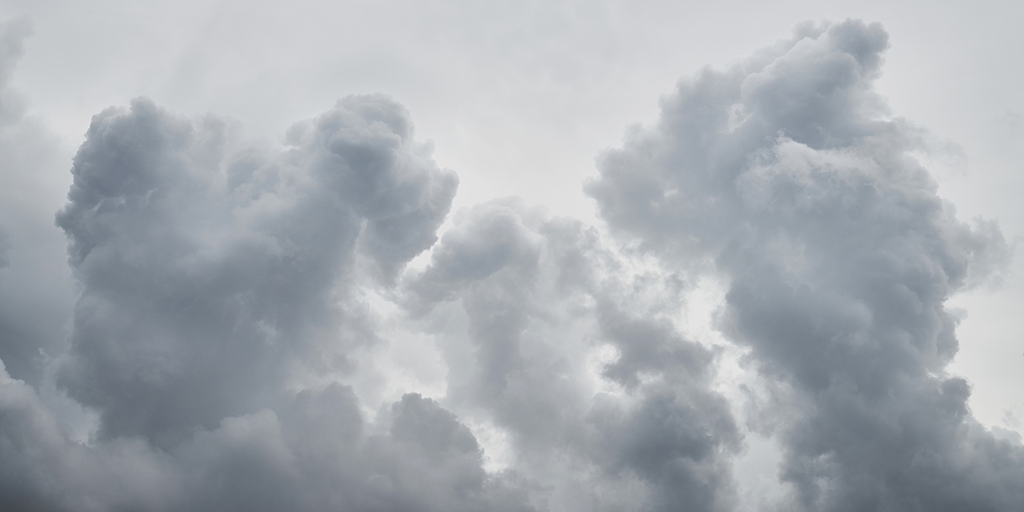
From earthquakes and wildfires to hurricanes and tornadoes, a natural disaster can strike at any time. If you’ve been impacted by the most recent round of storms or find yourself in the path of a future disaster, here are nine steps you can take to get your home repaired and help you stay safe during the process.
1. Secure your home. If it’s still standing, do what you can to make your home secure until permanent repairs can be made.
2. Find a safe place to stay. If it’s not safe to remain in your home while it’s being repaired, find somewhere safe to stay. If you don’t have family or friends you can bunk with, consider a hotel or short-term rental in the area. If that’s not an option, check out shelters that have been set up as part of the disaster relief effort.
3. Contact your insurance company. They can tell you how long you have to file a claim, what paperwork you need to fill out and whether you need to get estimates for repairs from contractors.
4. Complete the necessary paperwork. Be sure to fill out a claim form and any other paperwork your insurance company requires right away to avoid processing delays.
5. Make a list of everything that’s been damaged. Include structural items that need to be repaired as well as personal belongings that need to be replaced. Take photos of the damage to show the insurance company.
6. Get an adjuster to assess your property. Your insurance company will likely want to send an adjuster out to your property to survey the damage and estimate repair and replacement costs.
7. Save your receipts. Keep a file of receipts for all repairs you make and replacement items you buy to submit to your insurance company.
8. Keep track of your living expenses. If you’re unable to stay in your home, save receipts from hotels, meals and other living expenses you pay for out-of-pocket. Depending on the terms of your insurance policy, you may be able to get reimbursed for these expenses.
9. Register for disaster assistance. You can register online at www.disasterassistance.gov or by calling 1-800-621-FEMA (3362)/1-800-462-7585 (TTY).
—





